
What Karat Gold Is Best for Necklace: Make the Right Choice
What karat gold is best for necklace? When deciding, you’ll want to balance purity, durability, appearance, and cost. For everyday wear, 14K gold is a top choice—it's 58.3% pure, highly resistant to scratches, and offers a rich yet subtle hue. Higher karats like 18K or 24K may appear deeper in color, but they’re softer and more expensive. For practicality, opt for 10K or 14K gold. If you’re looking for a timeless piece, explore our Minimalist Gold Necklace collection for versatile options that fit every budget. Let’s dive deeper into how each karat performs with different styles and budgets.
Understanding Gold Karats: What the Numbers Mean
When you’re choosing a gold necklace, understanding karats is essential to evaluating its quality and value. A karat (K) measures the purity of gold, with 24 karats representing pure gold.
Alloys are created by mixing gold with other metals, like copper or silver, making the gold more durable for jewelry. The number preceding the “K” indicates the ratio of gold to these other metals. For example, 18K gold contains 75% gold and 25% alloy.
Karats ratings carry historical significance, as different cultures have favored certain purities over time. Regional preferences also influence which karats dominate local markets; for example, 22K is popular in Asia, while 14K is common in the United States.
Understanding these details helps you make informed choices.
Comparing 10k, 14k, 18k, and 24k Gold Necklaces
Although all gold necklaces may look similar at a glance, the distinction between 10k, 14k, 18k, and 24k gold markedly affects their composition, durability, color, and cost.
You’ll find that 10k gold contains the least gold (41.7%), resulting in a paler tone and greater alloy content, which impacts both price and appearance.
14k gold, at 58.3% purity, strikes a balance between richness of color and affordability.
18k gold, with 75% gold content, offers a deeper yellow hue, favored in high-end markets and by those following celebrity jewelry trends.
Meanwhile, 24k gold is pure but soft, exhibiting a vibrant color and commanding the highest prices.
Don’t fall for gold purity myths—higher karat doesn’t always mean better for every necklace application.
Durability and Everyday Wear: Which Karat Holds Up Best
Because gold’s softness increases with purity, not every karat is equally suitable for daily wear in necklaces.
If you’re considering layered necklaces or pieces you plan to wear often, 10k and 14k gold are your best options.
These alloys contain a higher percentage of other metals, such as copper or silver, which enhance durability and help necklaces resist bending, scratching, or breaking.
In contrast, 18k and especially 24k gold have higher gold purity, making them softer and more prone to dents or wear from daily friction.
For necklaces exposed to frequent handling or contact with clothing, lower karat gold maintains its structural integrity longer.
Choosing 10k or 14k gold ensures your layered necklaces look pristine and withstand everyday use.
Color and Style: How Karat Affects Appearance
While durability determines how well a necklace holds up to daily wear, karat also directly influences gold’s color and overall style.
Higher karat gold, such as 22K or 24K, contains more pure gold, resulting in a rich, deep yellow hue prized in many cultures for its cultural significance.
In contrast, 14K and 18K gold feature a lighter, subtler color due to increased alloy content, making them versatile choices aligned with modern fashion trends.
You’ll notice that 14K gold often appears slightly whiter or rosier, depending on alloy metals like nickel, copper, or silver.
Understanding these nuances allows you to select a karat that matches both your personal style and the cultural or aesthetic statement you want your necklace to make.
Budget Considerations: Finding the Best Value
When selecting a gold necklace, your budget plays a significant role in determining the ideal karat for both value and long-term satisfaction.
If you have high price sensitivity, consider 10K or 14K gold, as these contain a larger percentage of alloy metals, making them more affordable while still providing durability for everyday wear.
However, if you’re seeking greater investment value, 18K or 22K gold offers higher gold content, which can retain or appreciate in worth over time, though at a higher initial cost.
By weighing your financial limits against your expectations for longevity and resale potential, you’ll find a karat that balances price point and intrinsic value.
Always verify the gold’s authenticity and hallmark to guarantee you’re maximizing your investment.
Frequently Asked Questions
Can Gold Necklaces Cause Allergic Reactions?
You can experience allergic reactions from gold necklaces, especially if you have skin sensitivity. Lower karat gold often contains nickel or copper alloys, which are common irritants. Pure 24K gold rarely causes reactions due to minimal alloy content.
How Should I Clean and Care for My Gold Necklace?
To clean your gold necklace, gently use mild soap, warm water, and a soft brush. For storage methods, keep it in a soft pouch or lined box. These cleaning tips help maintain luster and prevent scratches.
Are Certain Gold Karats Better for People With Sensitive Skin?
If you have skin sensitivity, you’ll want higher gold purity, such as 18K or 22K, because these contain less nickel and other alloy metals that often trigger reactions. Lower karats usually increase the risk of irritation.
Does Gold Karat Affect the Resale Value of a Necklace?
Gold purity directly impacts the resale value of a necklace. When you choose higher karat gold, you're selecting greater gold purity, which increases intrinsic value, making your necklace more desirable and valuable on the secondary market.
How Can I Tell if My Gold Necklace Is Real?
To verify if your gold necklace is real, you should use gold testing methods like acid tests or electronic testers. Check for authenticity markers such as karat stamps or hallmarks, ensuring precise material identification and professional assessment.
Conclusion
When choosing the best gold karat for your necklace, weigh durability, appearance, and budget. If you want daily wear and resilience, 14k gold offers an ideal balance of strength and luster. Prefer rich color and prestige? Opt for 18k or 24k, but remember they’re softer and more prone to scratching. Ultimately, your lifestyle and personal style should guide your choice. Consider the technical properties to guarantee your necklace meets both your practical needs and aesthetic preferences.








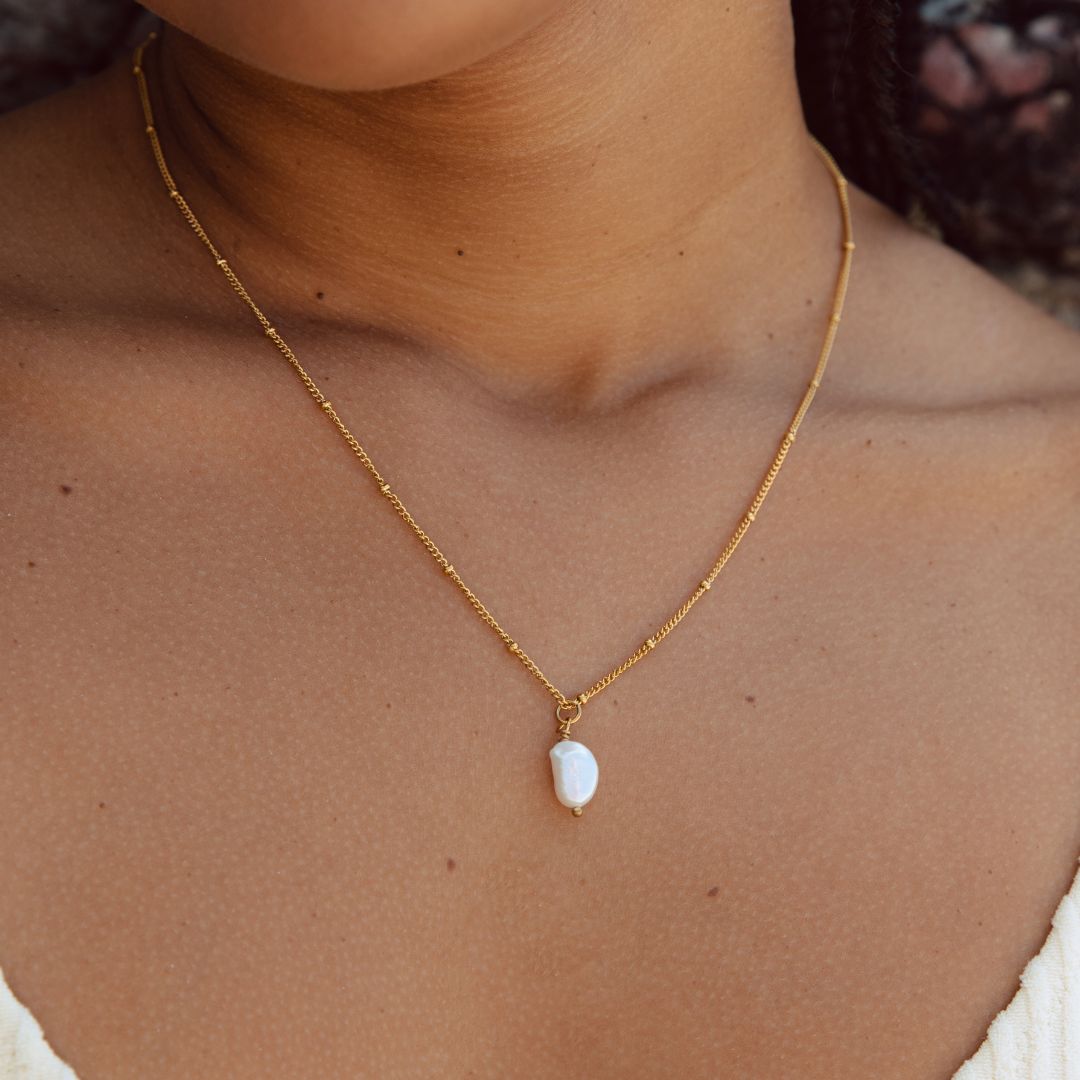

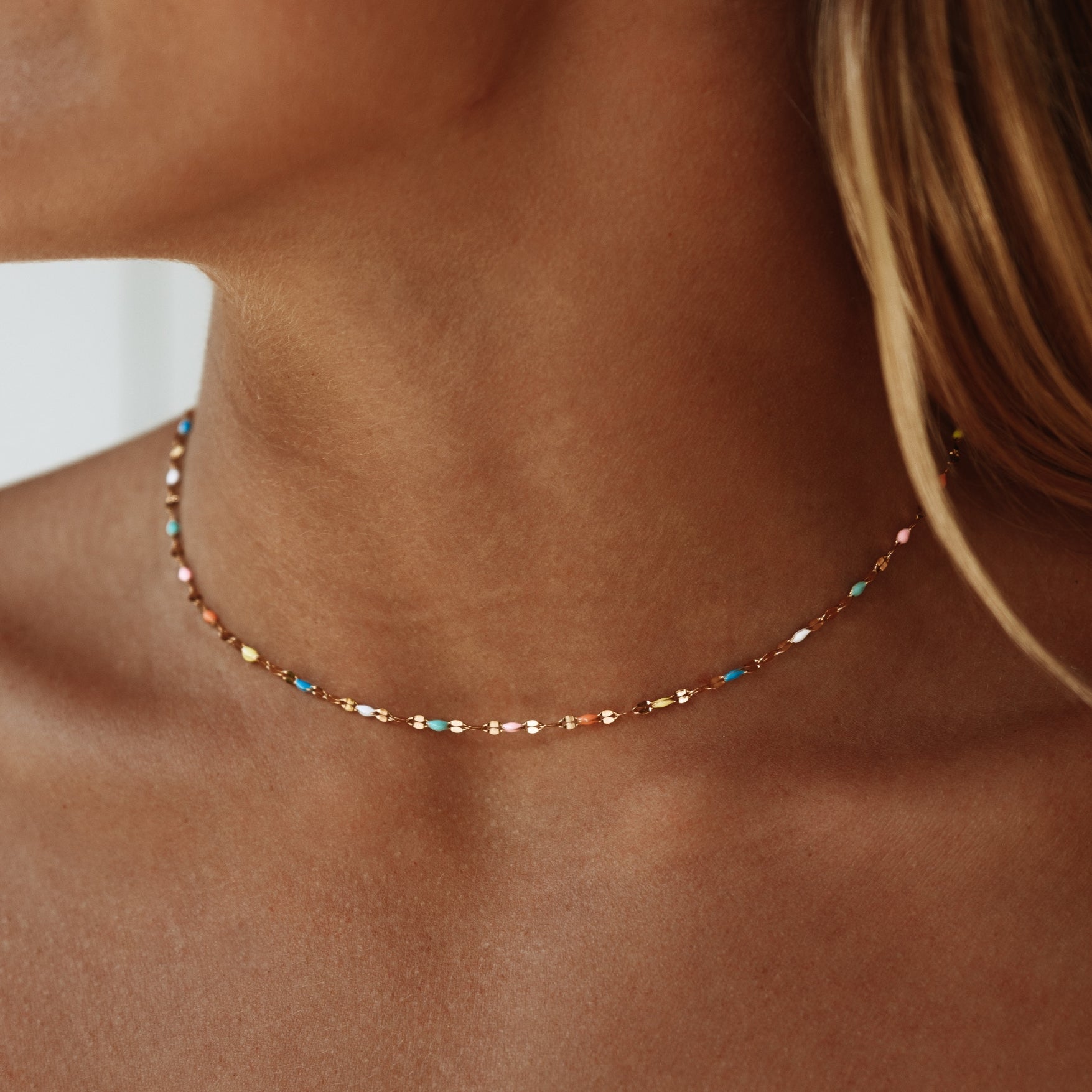


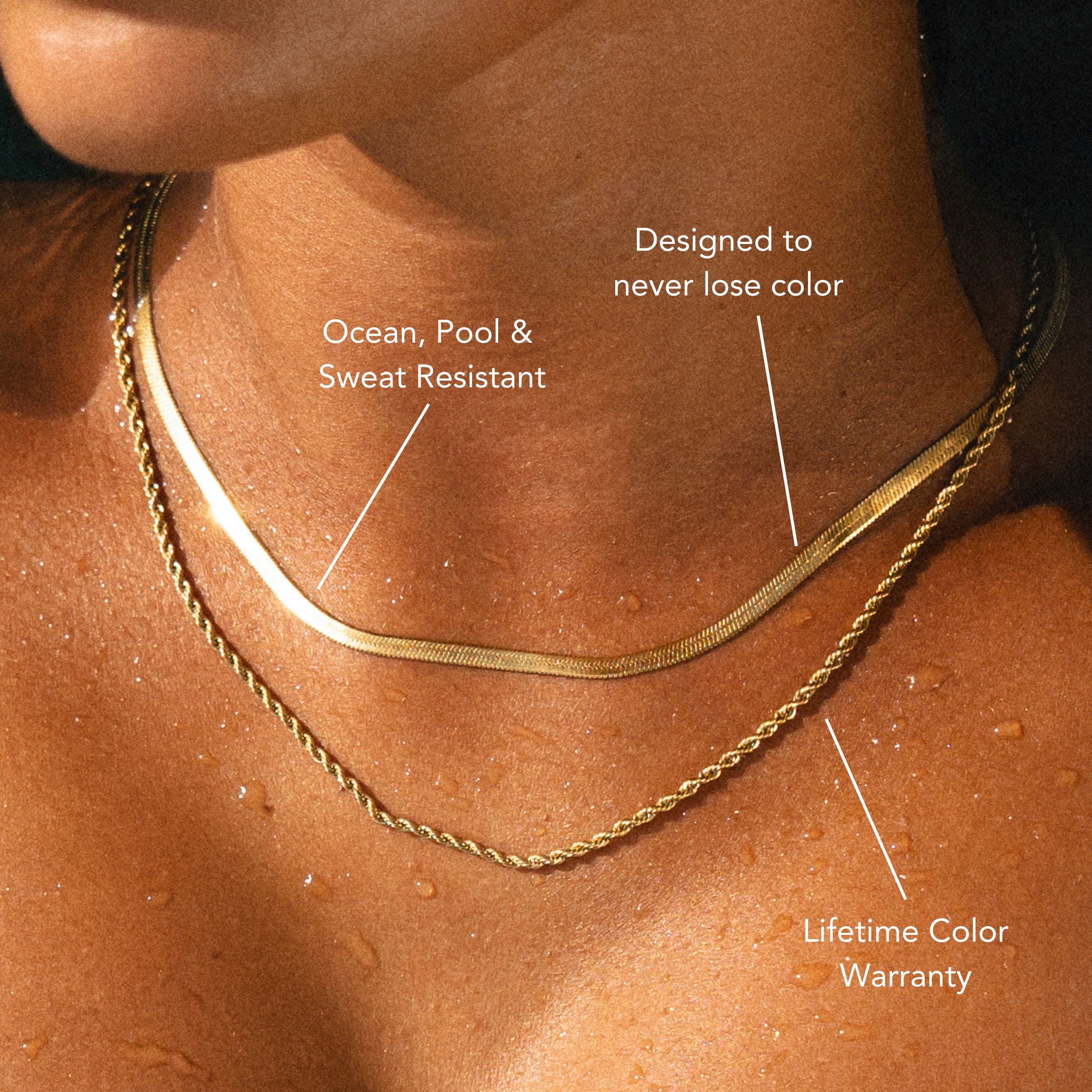
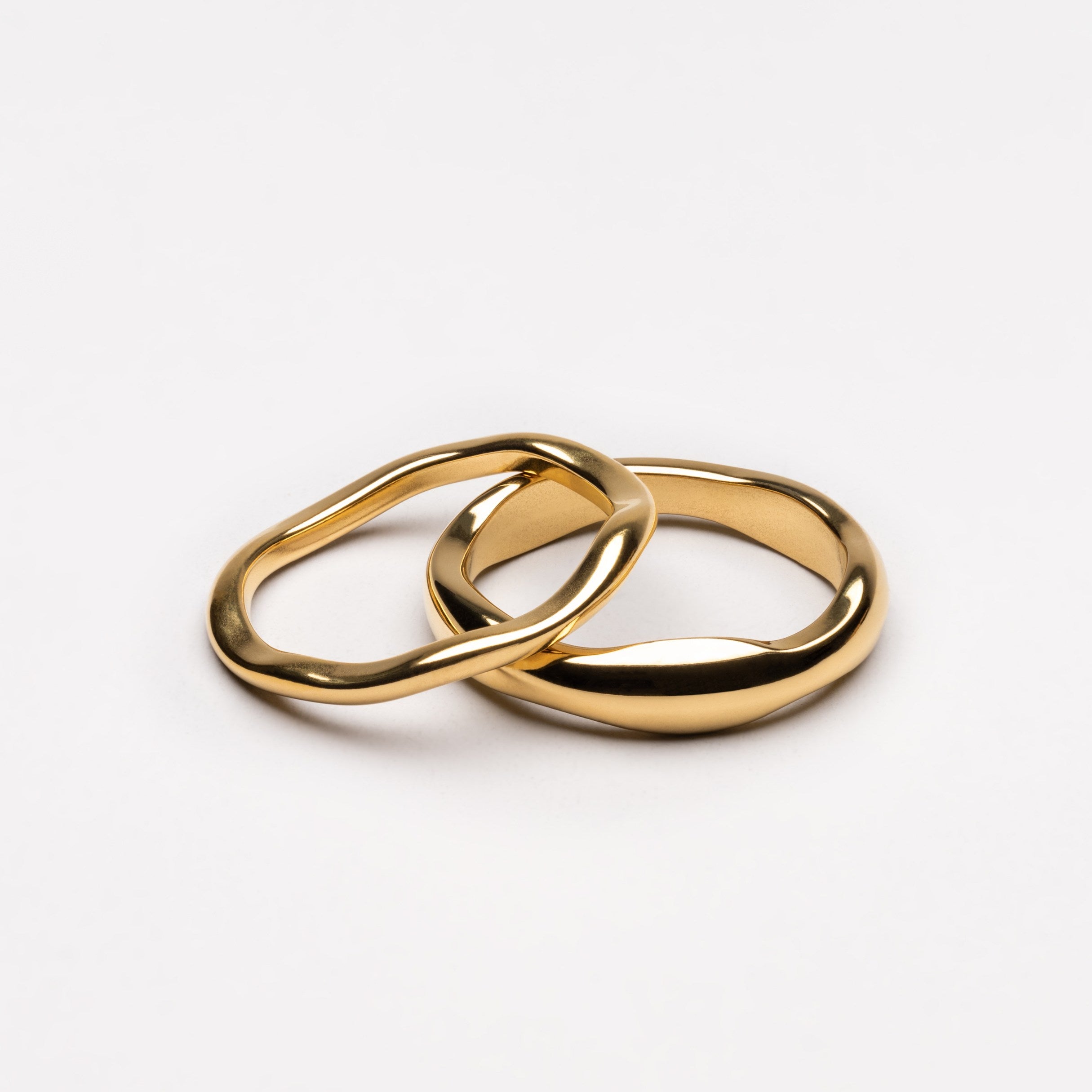
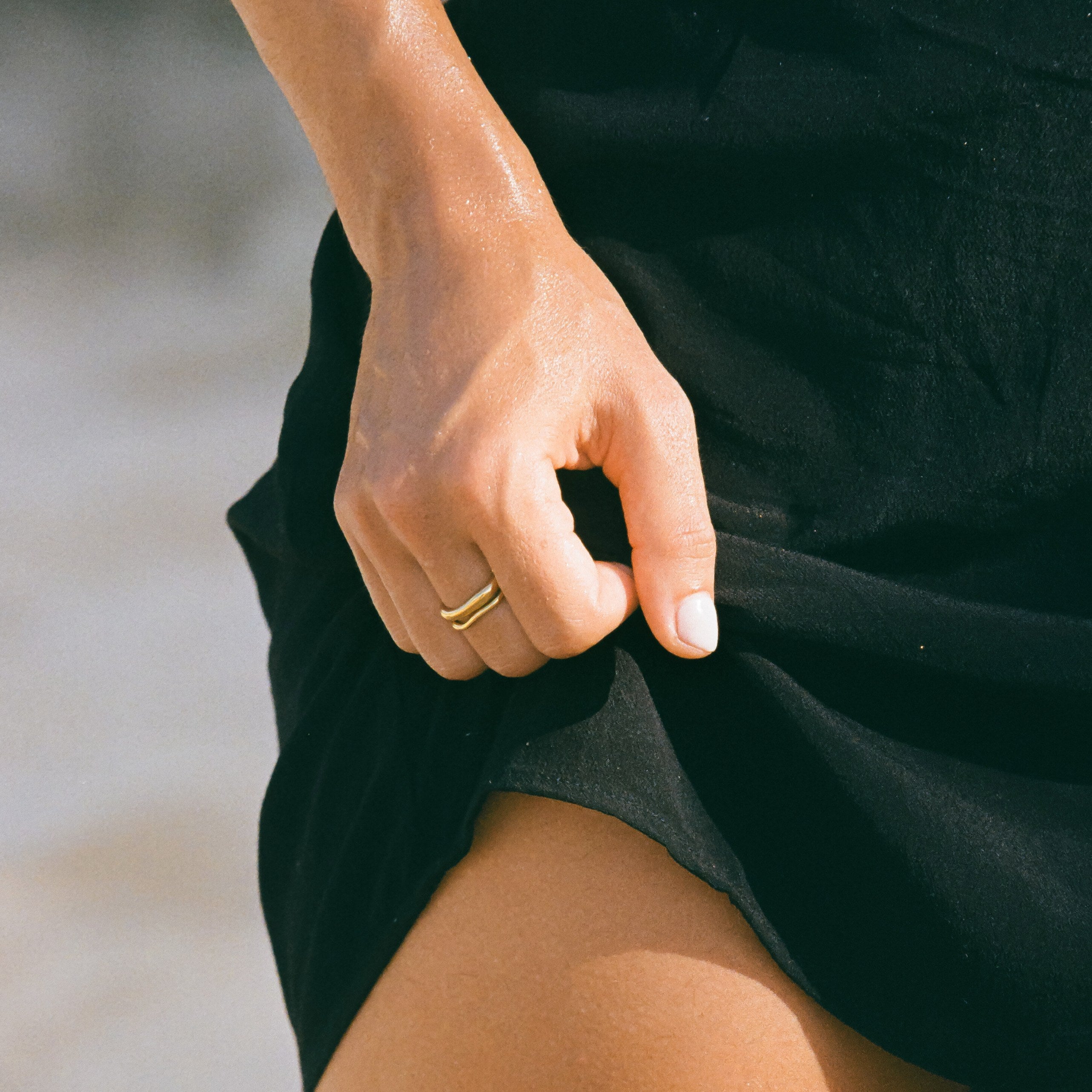

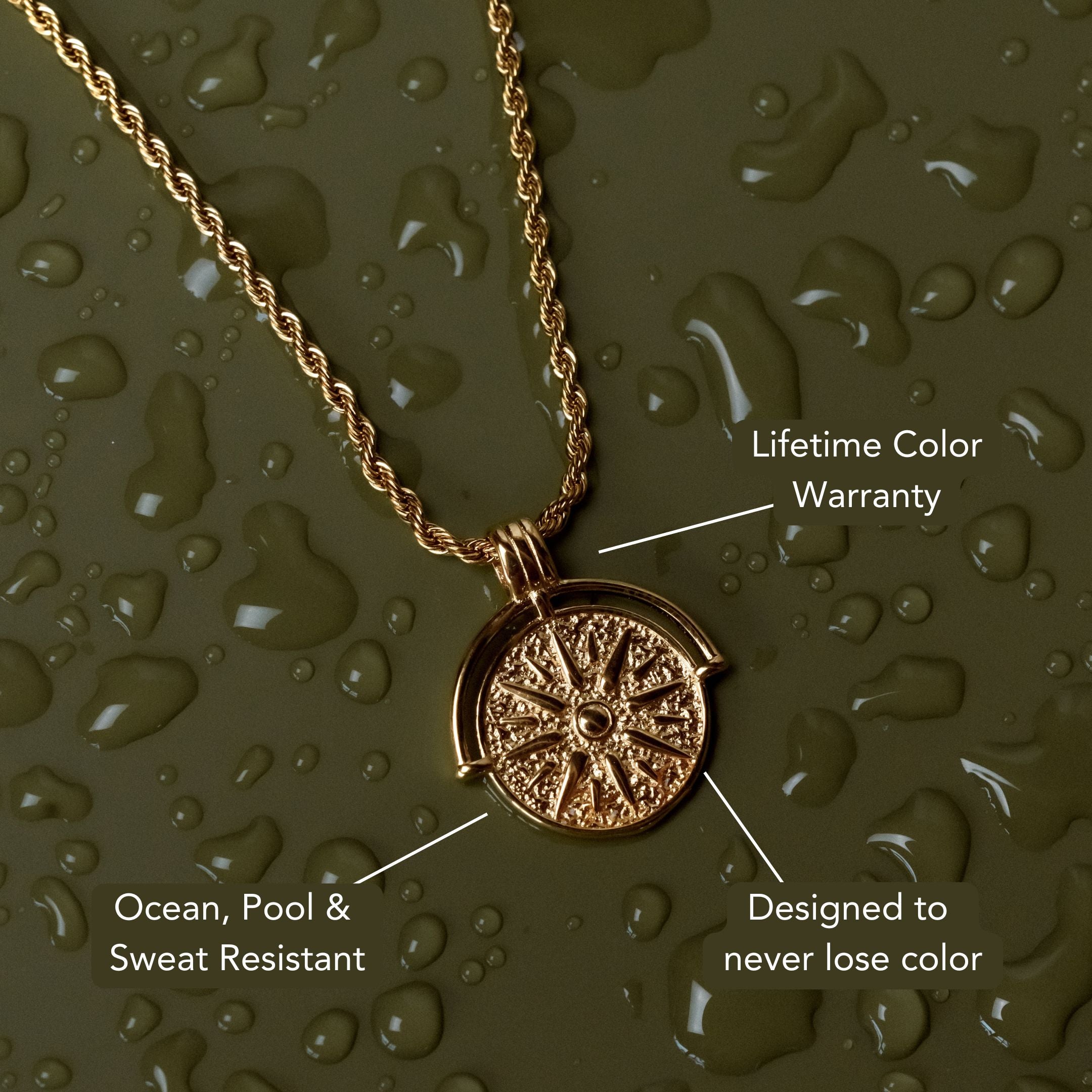
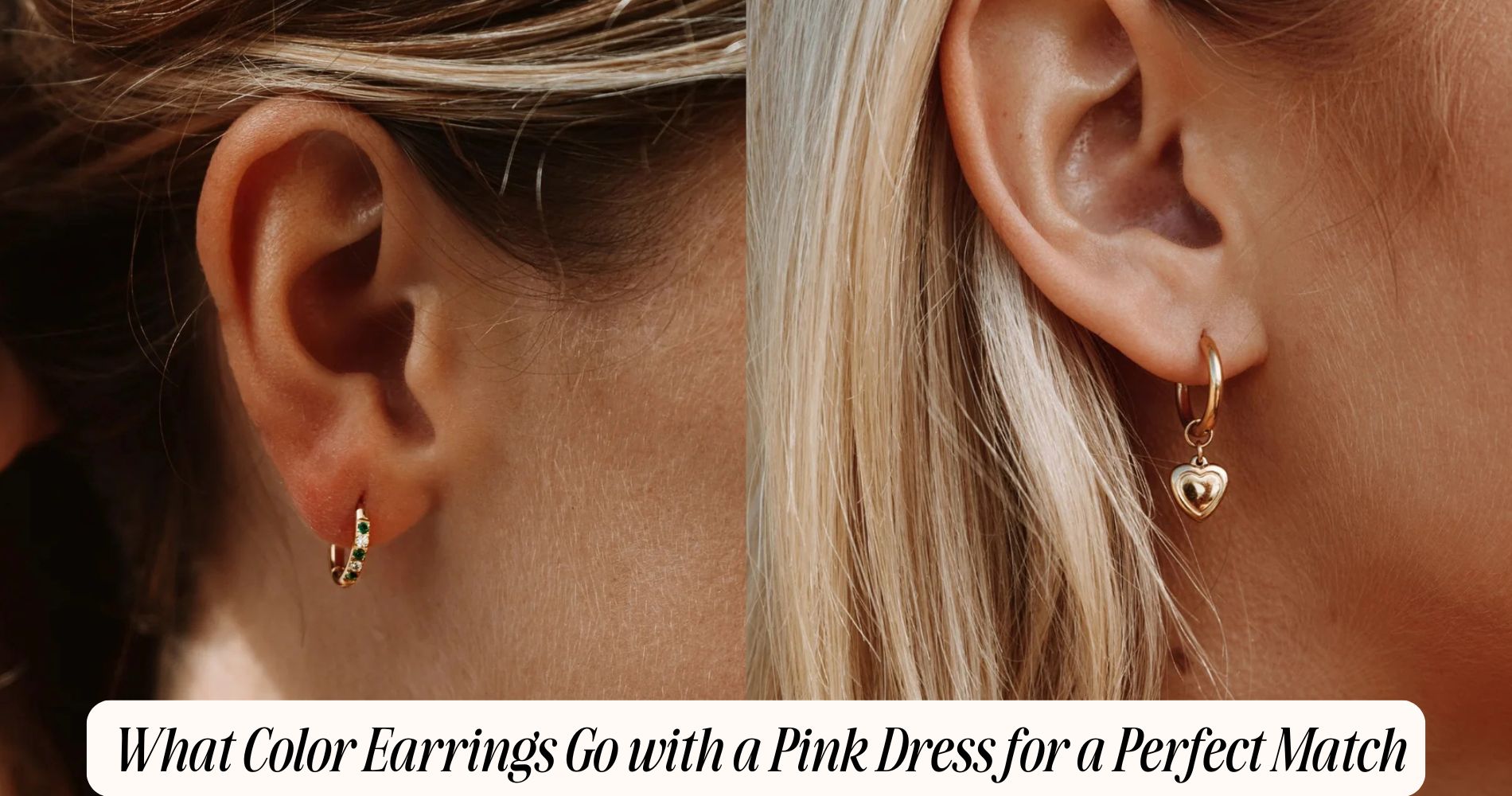
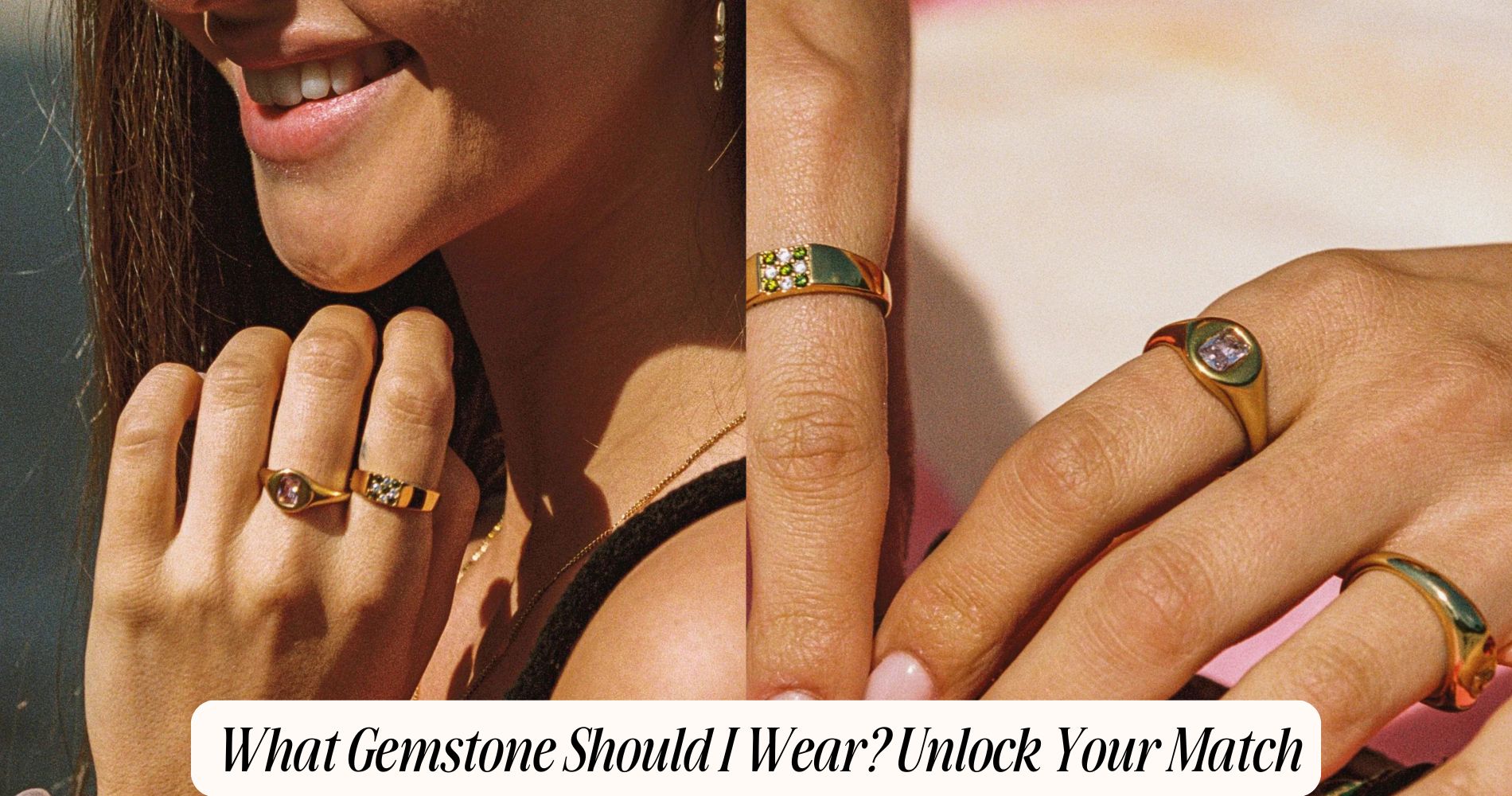




Leave a comment
This site is protected by hCaptcha and the hCaptcha Privacy Policy and Terms of Service apply.